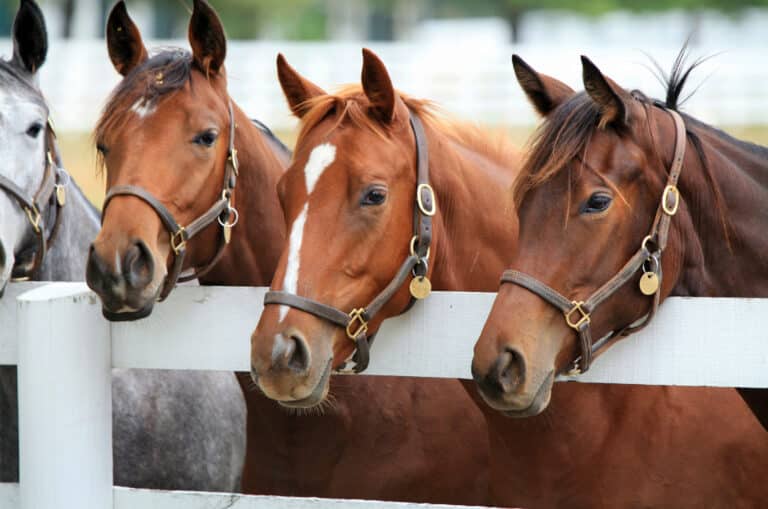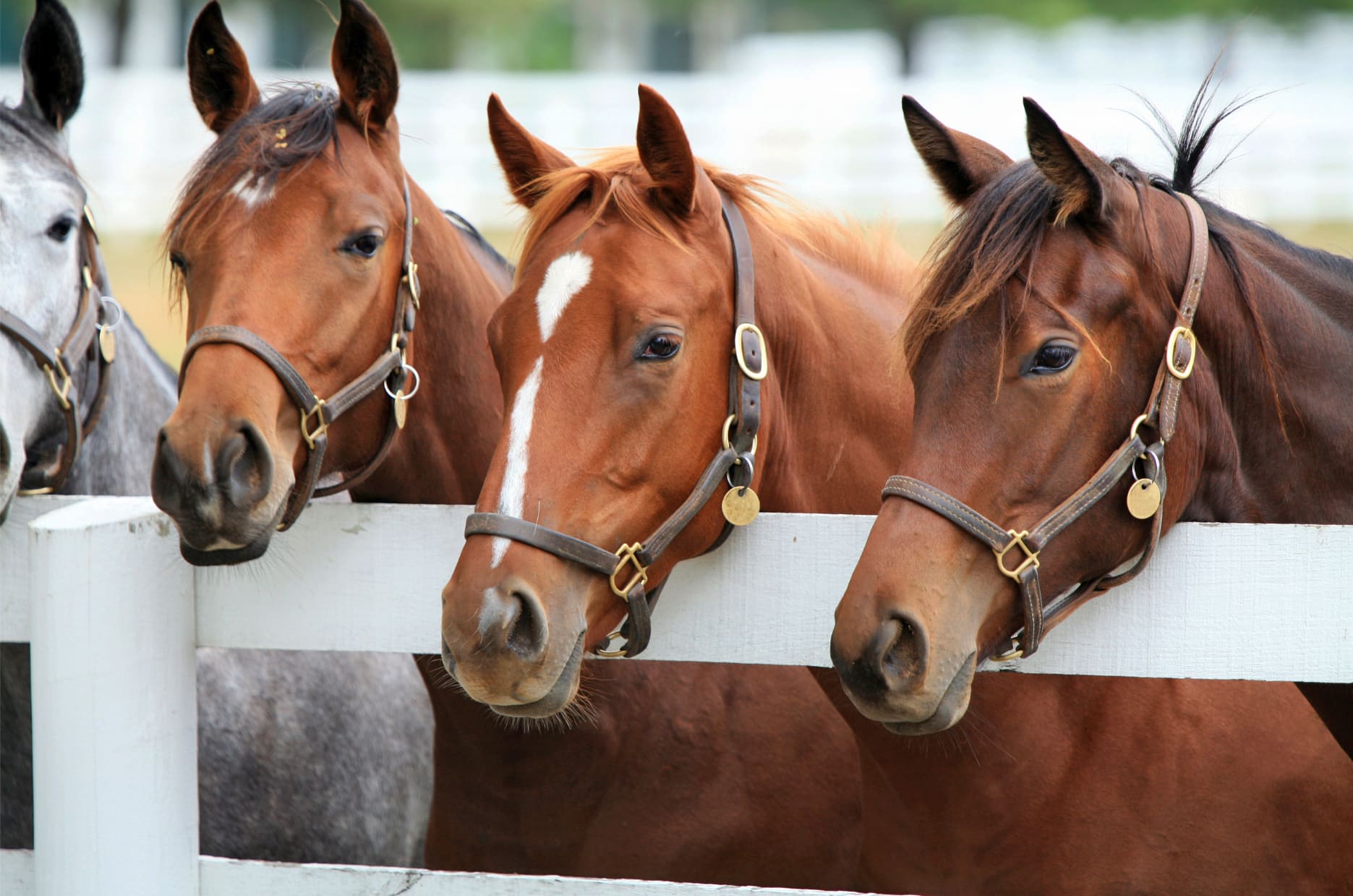
Feeding a Thoroughbred
Thoroughbreds have been labelled hot, fizzy and hard keepers, but is this natural or might other factors be at play? LEISA HOFSTETTER has some answers.
Thoroughbreds have a reputation for being complicated and exasperating to feed. They are often labelled as ‘hot’ or ‘hard keepers’, but how much of this can be prevented with diet? To find that out, we first have to identify what causes the symptoms that give rise to this reputation, and discover what can be done to reduce or prevent the problem.
First, let’s look at gastric ulcers. Studies have found that the prevalence of gastric ulcers in Thoroughbreds ranges from 30 to 70 per cent. This increases to as high as 90 per cent in horses who are racing or are in training. However, there is a similar prevalence in other breeds across a range of other performance disciplines, especially if the horse is competing regularly. In fact, the incidence of gastric ulcers in performance horses can be just as high as in Thoroughbreds – so why is it that despite their ulcers, other breeds are easy keepers? It’s because Thoroughbreds have a different microbiome, with a different balance of microflora, making them more susceptible to acidosis, which we’ll discuss below.
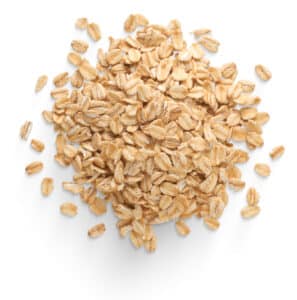
Other factors that can increase the prevalence of ulcers include anxiety induced by the absence of a companion, or reduced contact with other horses.
The tendency for Thoroughbreds to be stabled rather than paddocked can also increase the risk of gastric ulcers. That’s because there may be a lack of roughage in the stabled horse’s diet compared to a paddocked horse with access to grass. Horses have evolved to consume small amounts of feed often, and they need to eat up to 2% of their body weight each day (for a 500 kilogram horse, that’s as much as 10 kilograms!). Roughage, found in forages such as hay and grass, should make up at least 75% of a horse’s total feed intake, so for our 500 kilogram horse that’s around 7.5 kilograms of forage a day.
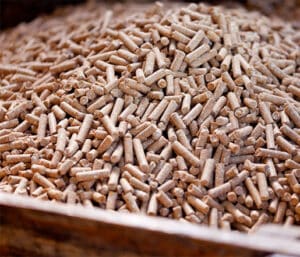
There are a few reasons why horses need to eat little and often, and require plenty of roughage. The most relevant reason is that the amount of chewing often involved in eating roughage produces more saliva than occurs when eating processed, concentrated feeds. Saliva acts as a buffer for the gastric acid in the equine stomach, potentially reducing the risk and severity of ulceration from excess acid. As a horse’s stomach continually produces acid no matter what, a constant supply of saliva, provided by frequent chewing, helps to keep the acid in check. Unlike Pavlov’s dogs, horses do not produce saliva in response to the presence of food. Instead, the horse produces saliva in response to the activity of chewing.
Thoroughbreds who do not have enough forage in their total diet can be more susceptible to gastric ulcers, and gastric ulcers in the foregut may result in weight loss, lethargy, poor coat condition, reduced appetite and reduced absorption of nutrients. So, there is a strong possibility that the Thoroughbred’s hard keeper reputation may stem from the high prevalence of gastric ulcers within their population.
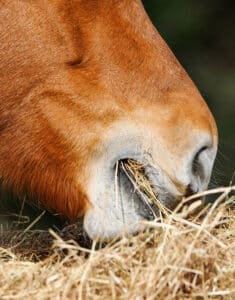
But there might be another reason why Thoroughbreds have earned this reputation. A diet consisting of a high proportion (greater than 25%) of concentrated, grain-based feeds containing starches and sugars can result in a gastric condition called acidosis. Acidosis refers to the range of consequences that result from a severely reduced pH in the equine hindgut. Starches and sugars are digested by microflora which produce lactic acid. The higher the volume of starch and sugar, the greater the production of lactic acid, which subsequently affects the hindgut’s pH balance.
The decreased pH can cause the microflora that prefer to feed on fibre to die off. This die-off means that there are less of them to digest fibre for the horse, decreasing the amount of nutrients the horse absorbs. Decreased absorption means less energy is available, contributing to their reputation as hard keepers.
Thoroughbreds are often used as performance horses from a fairly young age, and tend to be fed high starch and/or sugar feeds to increase their energy intake in order to meet the demands of high intensity work. As we now know, these feeds in sufficient quantities are likely to cause acidosis, a contributing factor to the hard keeper reputation. And the hard keeper problem may persist even after a high starch and/or sugar diet has been changed to a diet higher in forage. Unfortunately, this may be because chronic acidosis has caused lasting damage to the lining of the digestive tract, and thus the absorption of nutrients continues to be disrupted.
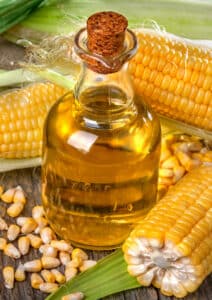
Another reputation Thoroughbreds have is for hot or ‘fizzy’ behaviour, generally because of too much energy. This may also be linked to a diet high in starch and/or sugars, which in a very short time after consumption, can increase the quantity of available glucose, resulting in a glucose spike. This spike causes a rush of energy, which is similar to the sugar rush experienced by some humans.
To reduce the risk and severity of fizzy behaviour, while still providing the performance horse with enough energy, feeds relatively high in fat and low in starch and sugars can be added to the diet. Horses can digest up to 15% fat in their total diet, but will need time to allow their microflora and physiology to adjust before optimum efficiency of digestion is achieved. Horses with too much fat in their diet may have oily looking stools and may even develop fatty liver (hyperlipaemia), which can produce symptoms quite similar to colic.
Fat is considered a high energy, cool feed because the energy supplied is released slowly over a longer period of time than is the case with starches and sugars, thus avoiding the glucose spike. This makes feed containing fat the perfect option for the fizzy Thoroughbred who needs a behavioural adjustment, but still requires high energy to perform well and maintain weight. Feeds relatively high in fat include rice bran, full fat soy meal, and copra. Vegetable or seed oils are also options. Remember to make sure that the total diet per day contains plenty of forage, and that the total amount of fat does not exceed 15%. Your equine nutritionist can help you with this.

Thoroughbreds can be hard keepers due to a range of factors, so it is important to make sure that they are absorbing nutrients as efficiently as possible. Drenching with a wormer is important to reduce the horse’s parasitic load, but it may adversely affect the microflora population in the hindgut if done too often. More research is needed to determine whether a probiotic would be beneficial in improving the health of the hindgut if the microflora have been affected.
In periods of low rainfall or slow pasture growth, there may be less vitamin B6 available. Since this vitamin is partly responsible for metabolising fats, carbohydrates and proteins, it can be beneficial to feed your horse a B6 supplement during this time.
Thoroughbreds can certainly be complicated and exasperating to feed, but no matter what their discipline, with attention to the correct composition of their diet those hard keepers and hot horses can become the functioning members of equine society that we horse owners all need. Consult your equine nutritionist to develop a feed composition that is right for your horse and your discipline.
Leisa Hofstetter is an equine nutritionist offering ration analysis, designer diets and customised mineral supplements. She can be found at Hof Equine, or email hofequine@gmail.com.

